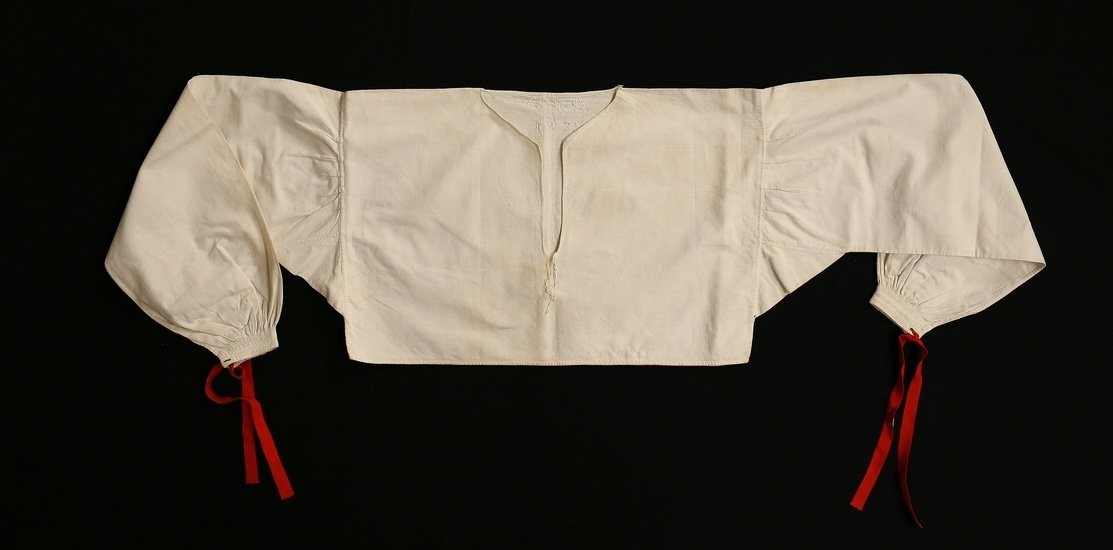What materials are we draping ourselves in & why?
Rowing against the current…
The Dark Maiden appreciates painstakingly produced textiles, leathers and metals. We invest in materials that have been regarded as ‘the benchmark in their field’ and in material producers that we believe are worth supporting whenever possible. Dozens of hours are spent sourcing tools and high-quality natural materials, researching, etc. I, Sigurd Persson, am adamant in my refusal to work with synthetic and non-organic cotton textiles despite the reality that most people have become accustomed to the convenience of the low price and physical stretch that these fabrics offer. This consequently requires greater time spent drafting patterns and explaining fit, but it’s worth it.
Capitalism is stifling out the reverence, value and knowledge, we as humanity, have passionately felt for centuries about cræft, fine materials and Nature. Upholding this passion means that The Dark Maiden turns a much smaller profit than fast fashion companies and sometimes even other small businesses who work with sub-par materials or whom make false claims (misleading labels) about their unethically sourced cheap animal and/or textile products do. This page discloses a list of some of the materials that The Dark Maiden is comprised of; as well as, some of their key attributes, production & certification processes, and the impact they have on the environment, growers and wearers. Although, The Dark Maiden turns its face from amoral fast fashion practices and has a very low production rate which assists in the ability to uphold values as they are then not easily overseen, there still remains imperfection. This is a journey.
Remembering that the material ‘world’ and spirit ‘realm’ are not separate, we can allow ourselves to be fully enamoured in the beauty of this all and find that divulgement of pleasure as a rebellion in itself. The embracement of animism naturally goes against the monotheistic agenda that so persistently aims to divide- desecrating the tangible ecstasy of the here and now.
So let’s row against the current of fast fashion together in aims of having a positive revival on the value of traditional textiles and stewardship with the Earth while simultaneously delighting in the incredible offerings that this Earth has to offer us.





